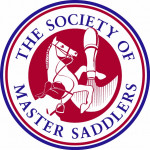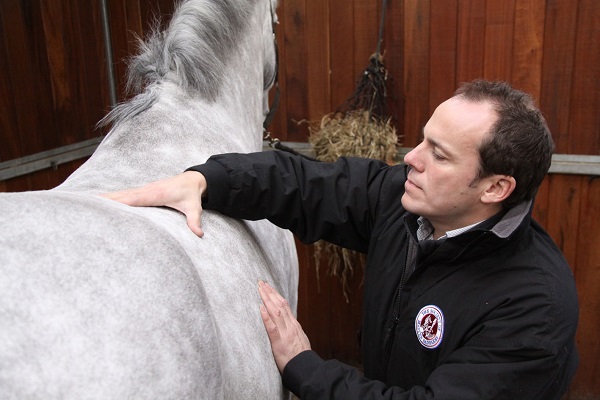Posted: 31st January 2020 | Back to news feed

Without doubt certain types of horses and ponies are by nature harder to fit and those with less wither and wider, flatter backs can prove thought-provoking when it comes to finding a suitable saddle.
This type of conformation can lead to a host of issues which need to be discussed with a Society of Master Saddlers’ Qualified Saddle Fitter.

Whether choosing a new or second hand saddle you will need to consider the activities you are undertaking with your horse or pony, his shape, development and age.
Issues you may need to look at include preventing the saddle sliding up the neck due to the lack of whither which will lead to the back of the saddle bouncing and them being unhappy.
With the wider fitting horse or pony if riders are quite tall sometimes getting a saddle that is large enough with big enough flaps without swamping them can be challenging.
The saddle must be comfortable and in the case of the younger rider make them feel secure to help build confidence, but it is equally important that the horse or pony is also comfortable.
It is essential that the tree of the saddle is suitable and correct, too narrow a seat on a broad backed horse or pony may not sit securely into the back, so allowing the saddle to tip and rock, whilst the rider may feel perched above.
It is imperative that the front width fitting, as well as the shape of the tree in general is correct. Too wide and the saddle will tip forward, causing considerable pressure and discomfort in the area behind their shoulders. The back of the saddle will lift and bounce, also causing discomfort. Too narrow a tree can tip the saddle back, causing pressure under the back of the saddle. Also, the saddle may well ‘run forward’ on to the neck. Part of the tree called the side rails (the bit that narrows under your leg before broadening out into the seat) must also be of a suitable angle and have a suitable width between them. Too close together and angled and the saddle will rock, too far apart and the saddle might come onto the spine.
If the saddle has a flocked panel, a good saddler can ‘fine tune’ the fit so that the saddle is in perfect balance. The flocking should be of a good quality wool and be quite soft, not hard or lumpy.
The best way of avoiding a saddle that rolls to one side, rides up the neck or bridges is to use, whenever possible, the services of a Society of Master Saddlers’ Qualified Saddle Fitter. They will know, by assessing the horse and rider, the style, shape and size that will do the trick. Some saddles now come with several positions of girth straps and this can help the saddle fitter to overcome any conformation difficulties that may cause these actions. However it is the ability to look at a horse or pony and see what these difficulties are and to know what is available saddle wise that is the key to successful fitting.
For more information visit www.mastersaddlers.co.uk or telephone 01449 711642.
The Equestrian Index newsfeed is compiled from articles submitted by advertising members and expresses the opinions of those members. Watsons Directories Ltd shall not be held liable for any inaccuracies or mis-statements therein.